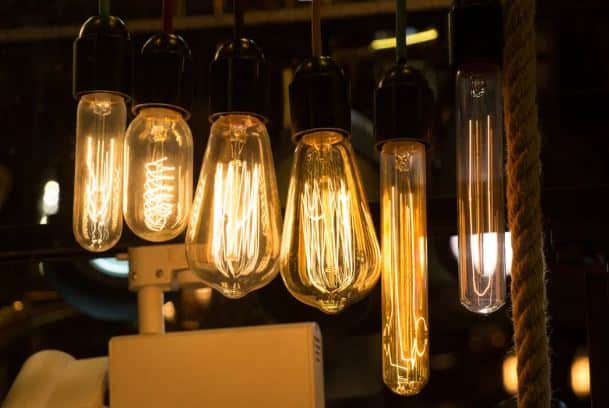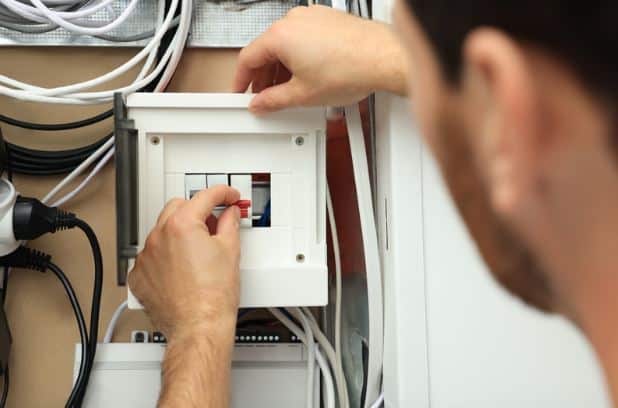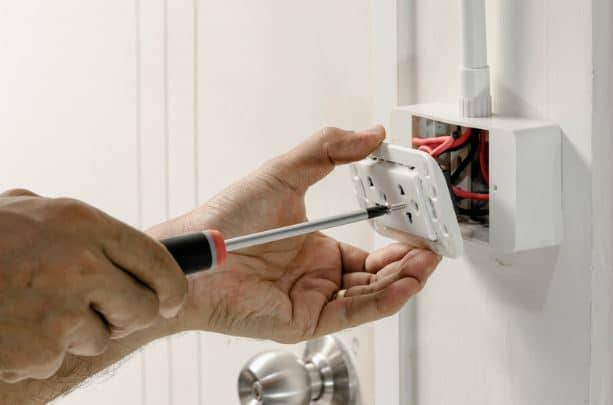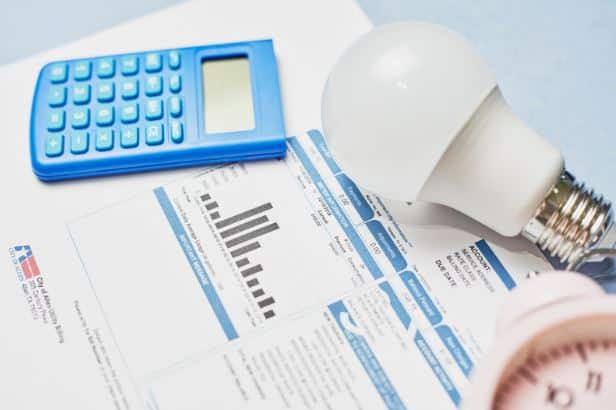Flickering Lights: Causes and Solutions

Flickering lights can be more than just an annoying distraction; they can signal underlying electrical problems. One common cause of flickering lights is a loose light bulb. Make sure the bulb is screwed in tightly, but don’t overtighten, as this can damage the fixture.
If tightening the bulb doesn’t help, the issue might lie in the wiring or the light fixture itself. Loose or frayed wires in the light fixture can cause inconsistent lighting. In this case, it’s crucial to turn off the power and inspect the fixture. If you’re unsure how to handle this, calling an expert electrician is advisable. A professional can safely address wiring issues and ensure the fixture is properly installed.
Another cause of flickering lights can be an issue with the circuit. Overloaded circuits can cause fluctuations in power supply, leading to flickering. To address this, ensure that your electrical system isn’t overloaded and consider redistributing appliances and devices to different circuits. If the problem persists, it’s best to consult a professional to evaluate and upgrade your circuit if necessary.
Estimated Cost: Repairing or replacing light fixtures can range from $100 to $300, depending on the complexity and materials involved. Upgrading circuits can cost between $200 and $500.
Circuit Breaker Trips: What to Do

Circuit breakers are designed to protect your home’s electrical system by cutting off power when there’s an overload. However, if a circuit breaker trips frequently, it could indicate a problem. Common causes include overloaded circuits, short circuits, or ground faults.
First, identify if too many devices are plugged into one circuit. Distribute the load by unplugging some devices or using other circuits. If this doesn’t solve the issue, inspect for signs of a short circuit, such as burning smells or warm outlets. A short circuit occurs when a hot wire comes into contact with a neutral wire, causing a sudden surge in electricity.
If you suspect a ground fault or if the breaker continues to trip despite your efforts, it’s time to call a professional. An electrician can diagnose the exact cause, test the circuit, and make necessary repairs or upgrades to ensure your system operates safely and efficiently.
Estimated Cost: Diagnosing and repairing circuit breaker issues typically costs between $150 and $400, depending on the problem’s complexity.
Outlets Not Working: Common Causes and Fixes

Non-functioning outlets can disrupt daily activities and pose a safety risk. Several factors can cause this issue, including tripped GFCI (Ground Fault Circuit Interrupter) outlets, faulty wiring, or broken outlet connections.
Start by checking if the GFCI outlets, commonly found in bathrooms and kitchens, have tripped. Resetting them might restore power. If the problem persists, inspect the outlet for visible damage or loose connections. Sometimes, simply tightening the screws on the outlet or replacing it can resolve the issue.
If the outlet still doesn’t work, there might be a problem with the wiring or the circuit. In this case, turning off the power and checking the wiring connections is essential. For safety and accuracy, it’s best to contact an electrician to troubleshoot and fix wiring issues.
Estimated Cost: Replacing or repairing an outlet can cost between $100 and $200. Wiring issues might range from $200 to $500.
High Electric Bills: Causes and Solutions

High electric bills can be frustrating, especially if you haven’t changed your usage habits. Several factors can contribute to increased energy consumption, including outdated appliances, inefficient lighting, and poor insulation.
One common culprit is older appliances that consume more power. Upgrading to energy-efficient models can significantly reduce your electric bill. Additionally, switching to LED bulbs can lower lighting costs, as they use less energy and last longer than traditional incandescent bulbs.
Improving home insulation can also help reduce energy costs by minimizing heat loss in the winter and keeping your home cool in the summer. Sealing gaps around windows and doors and adding insulation to walls and attics can make a noticeable difference in your energy bills.
Estimated Cost: Upgrading to energy-efficient appliances might cost between $500 and $1,500 per appliance. Switching to LED bulbs costs around $5 to $15 per bulb, while improving insulation can range from $1,000 to $4,000 depending on the size of the home.
Electrical Panel Upgrades: When and Why
An outdated or overloaded electrical panel can lead to various problems, including frequent breaker trips, flickering lights, and even electrical fires. If your home has an old panel or if you’ve recently added significant electrical loads, it might be time for an upgrade.
A modern electrical panel offers better safety features, higher capacity, and improved efficiency. An upgrade ensures that your system can handle increased electrical demands and meet current safety standards. An electrician can evaluate your current panel and recommend necessary upgrades.
Estimated Cost: Upgrading an electrical panel typically costs between $1,000 and $3,000, depending on the panel’s size and complexity of the installation.
When to Call a Professional: If you encounter persistent electrical issues, such as frequent breaker trips, flickering lights, or non-working outlets, it’s crucial to consult a professional. An expert electrician can diagnose underlying problems, provide safe and reliable solutions, and ensure your home’s electrical system is up to code.




